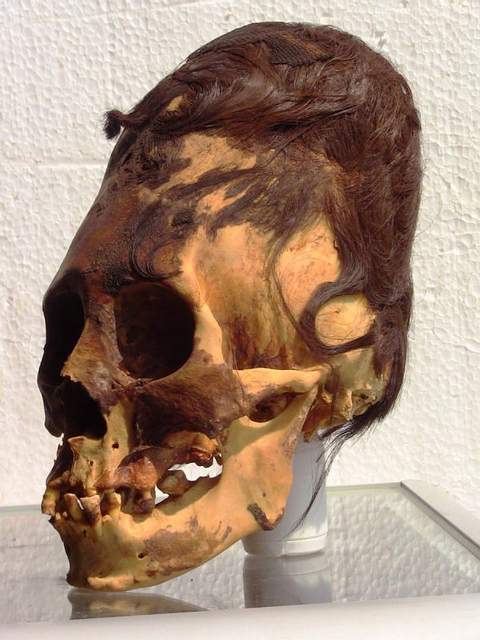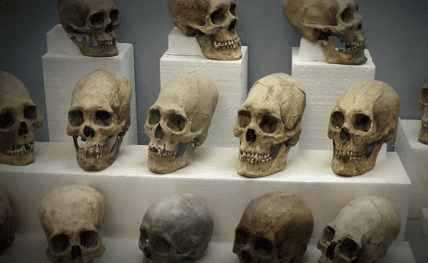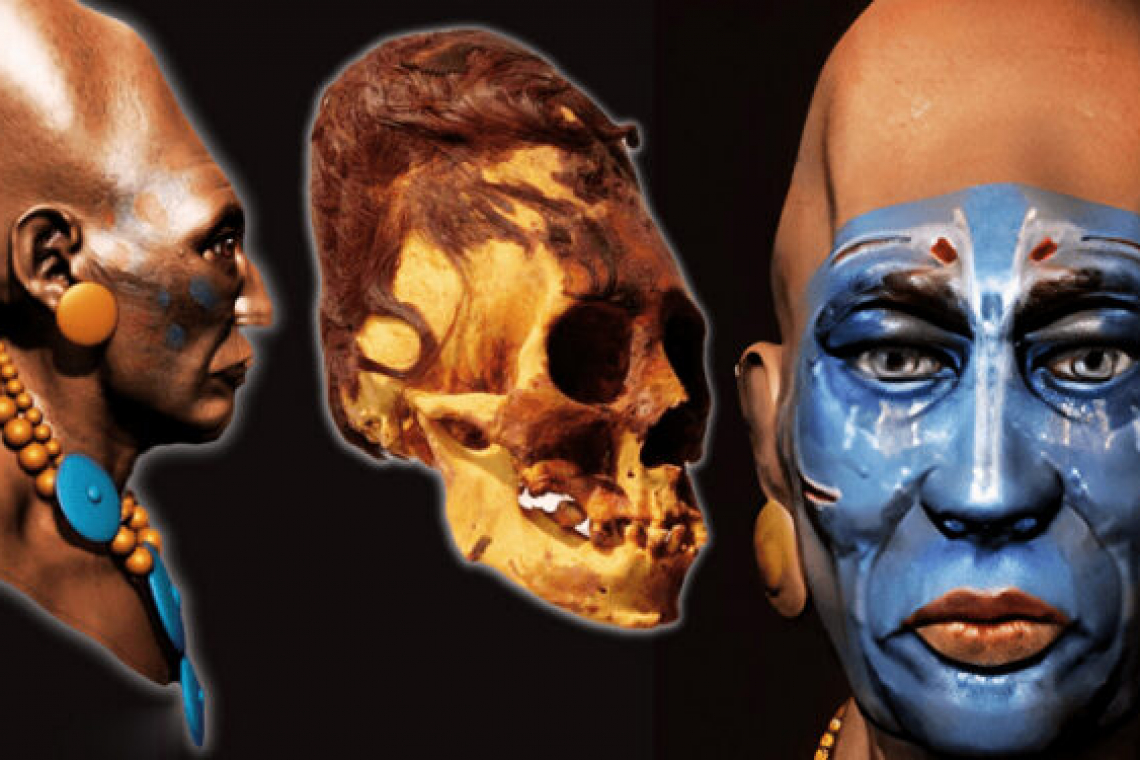Elongated skulls are a very interesting global phenomenon. Across the planet, researchers keep discovering traces of these mysterious artifacts, the nature of which supposedly defies any explanation. Many researchers enthusiastically call elongated skulls evidence of the existence of forbidden archeology. And some of them even believe that they are proof that the real history of mankind is being hidden from most of people.
Among the most interesting examples of elongated skulls are the so-called skulls of the Paracas culture. They were discovered in the province of Pisco, Peru, almost a hundred years ago. Once upon a time, an Incan empire flourished in those places. It is believed that the skulls are about 3000 years old. And the DNA tests allegedly showed that the elongated skulls of the Paracas culture belong to a completely unknown species of man.

According to some DNA analysis, the deformation in the skull was not created artificially but due to the genetics. The elongated skulls of the Paracas culture have other strange features. Researchers concluded that the average volume of these skulls is 25% larger than that of the average modern person. Besides, they are 60% heavier than ordinary human skulls. But that is not all.
n 2018, a team of researchers led by Brien Foerster and L.A. Marzulli presented their DNS findings at the Elongated Skulls Symposium in Los Angeles. Foerster explained:
“The DNA results actually were incredibly complicated… It’s gonna take me some time to actually figure out what the results mean. What it does show for sure is that the Paracas elongated skull people were not 100% Native American. They were a mix or even you could say, in some ways, a hybrid of different people. Their blood types are very complicated as well, they should be blood type “O” if they’re 100% Native American and that’s not the case. We are likely looking at a sub-species of humanity as regards to the Paracas… Seems to be a lot of DNA evidence from extreme eastern Europe and extreme western Asia. More specifically I’m talking about the area in between the Black Sea and the Caspian Sea where ancient elongated skull people lived I think about 3000 years ago. So I think we are looking at a migration pattern starting in the Caspian Black Sea area and then entering through the Persian Gulf and then moving eastwards eventually winding up on the coast of Peru.”

The earliest written reference to artificial cranial deformation dated back to 750 and 650 BC. In his book, “The Catalogues of Women,” the Greek poet Hesiod referred to a tribe from either Africa or India called the “Makrokephaloi” (or “Macrocephali”), which roughly translates to “the big heads.” The deformation of children’s skulls was already practiced by Huns, Goths, and Alans in the 4th and 5th centuries.
Some experts came forward and said the skulls and eye sockets were completely normal. “The eye sockets are normal and perfectly within the range of human variation and look like eye sockets of other human skulls from Peru,” said Melissa S. Murphy, an anthropology professor at the University of Wyoming who specializes in the analysis of human remains from Peru.
So, who were those people? Did they evolve here on Earth on a path so different from us that they ended up looking drastically different? And what if the skulls of the Paracas culture are just the remains of aliens? The origin of the Paracas skulls is still a mystery for researchers but for now, the available evidence seems to suggest the Paracans were indeed human.



